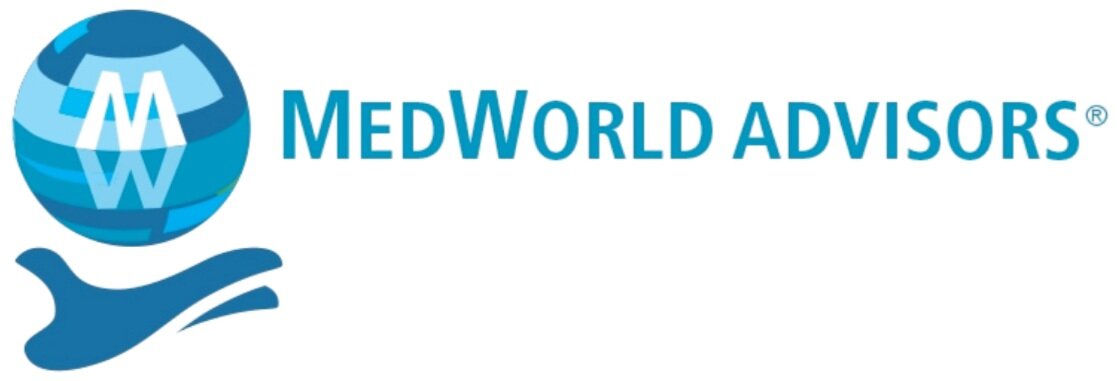How are changes in healthcare delivery impacting you as a medical device manufacturer?
To view our article on the Today’s Medical Developments Magazine website, click here.
Access to and delivery of healthcare services has been undergoing significant transformation. It started well ahead of COVID-19, but the pandemic accelerated and influenced further changes. Some changes were technological, for example, patient monitoring. Today it can still be done in the hospital but also remotely, allowing patients to be monitored and treated from home. Another change is patients were asked to stay away from hospitals, so independent urgent care clinics saw massive growth. Same for ambulatory surgical centers (ASCs), now preferred by many to hospitals for some surgeries and other healthcare needs with more cost-effective, accessible care models. These changes are profoundly impacting medical device manufacturers. Changes present challenges and opportunities. Are you capitalizing on any of these opportunities?
Home health services
Home health services have expanded rapidly, driven by an aging population, the prevalence of chronic diseases, COVID-19, and demand for convenient care options. The implications for medical device manufacturers:
1. Device portability and usability: Devices formerly used in hospitals have been redesigned to fit home health settings – becoming portable, Wi-Fi enabled, and easy to use by patients or a family member providing at-home care. Devices with the biggest changes, outside of monitoring, are portable oxygen concentrators, home dialysis machines, and wearables.
2. Telehealth: This surged during the pandemic. Today, telehealth is being integrated with home health services for better care via devices that can remotely transmit data. For medical device manufacturers the focus is on connectivity, enabling continuous monitoring and real-time data sharing with healthcare providers. This carries over to other smart devices – glucose monitors representing this trend.
Explosion of ASCs
ASCs are the fastest growing segment in providing outpatient surgical procedures, providing medical device manufacturers with huge opportunities:
1. Renewed innovation: ASCs provide cost-effective access to surgeries. They’re fast and efficient, filling the gap created by hospital closures and are proof that high quality surgical care can be done more cost-effectively. As a medical manufacturer it means innovative technologies must fit this new clinical setting. For example, due to the size and cost, robotic surgeries could only be done in high-volume hospitals. Robots are now smaller, easier to use, and more cost effective for use in ASCs. The volume of surgeries in ASCs pressures medical device manufacturers to provide innovation in smaller, more cost-effective solutions. ASCs also provide products already on the market with an expansion opportunity, such as single-use instruments.
Urgent care clinics
Urgent care clinics provide a non-emergency care option to the ER, bridging the gap between primary care and ERs. They’ve seen incredible growth due to their ability to see patients more cost-effectively than ERs. Like ASCs, urgent care clinics provide opportunities for medical device manufacturers:
1. Point-of-care testing: Urgent care clinics need rapid diagnostic tools to deliver quick results. This new setup has created an opportunity for innovations in point-of-care testing devices, including portable imaging equipment.
2. The need for “all in one”: The varied cases seen in urgent care clinics require fast, effective, and multifunctional devices. As a medical manufacturer, this offers many more opportunities.
Changes in healthcare delivery, including the rise of home health services, ASCs, and urgent care clinics, are reshaping the medical device industry, providing opportunities for you as a medical device manufacturer. If your products were originally designed to fit in hospitals, can they be changed to fit the needs of new healthcare centers? We’re not saying it’s easy; regulatory compliance and cost pressures aren’t being minimized but the continued need for solutions offers significant opportunities if you’re willing to adapt and innovate. By aligning your products with the needs of new healthcare delivery you might create new opportunities and thrive in this dynamic environment.
Cheers to your success!
About the authors: CEO Florence Joffroy-Black is a long-time MedTech M&A and marketing expert. She can be reached at florencejblack@medworldadvisors.com. Managing Director Dave Sheppard is a former medical OEM Fortune 500 executive and an experienced MedTech M&A professional. He can be reached at davesheppard@medworldadvisors.com. Value = Strategic Fit + Timing® is a registered trademark of MedWorld Advisors.
To view our article on the Today’s Medical Developments Magazine website, click here.

